Eighteen years after the debut of her first studio album, music icon Taylor Swift released her eleventh album fittingly titled, The Tortured Poets Department, to overwhelming audience support and critical praise. Swifties and radio-listeners alike can’t help but dance along to the catchy beats of the synth-pop tracks such as “Fortnight (feat. Post Malone)” and “I Can Do It With a Broken Heart,” and sob to the woeful lyrics of the album’s ballads like “So Long, London” and “loml”.
The Tortured Poets Department, abbreviated as TTPD, released at midnight on April 19th, with sixteen tracks produced by mostly Jack Antonoff, but Swift dropped a surprise second chapter to the album with an astounding fifteen songs two hours later. This later half is titled The Tortured Poets Department: The Anthology, and is a spotlight for Aaron Dessner as a producer on the record. Though many tracks individually have received exuberant acclaim from listeners, the imposing number of songs has been overwhelming even to the most avid Swifties. Upon first listen, the songs blend together and the lyrics are shockingly honest, making the album more reminiscent of a tell-all diary entry than the chart-topping hit that most would expect from Swift.
A month and numerous listens later, the double-album isn’t as intimidating and actually contains a list of standout tracks. The most notable few from the first half are, “Florida!!! (feat. Florence + The Machine,” “Fresh Out The Slammer,” and “Who’s Afraid of Little Old Me?” for their dramatic tempos, clever lyrics, and exemplary vocals from Swift. Florence Welch’s feature on “Florida!!!” offers a refreshing darker mood to the song, a theme woven throughout the album’s lyrics, tempo, artwork, and post-production effects. A foreboding atmosphere consumes the track as ghostly vocals claw out from the rapidly crescendoing percussion, before dissipating completely into an echoed guitar chord. While Jack Antonoff’s synth-pop production with Swift hasn’t been very popular amongst Swifties who long for the soft, youthful melodies of folklore and evermore, he proves his versatility in this track, leaning more towards a dreamlike rock sound.
The album came as a slight shock to listeners due to Swift’s uncharacteristically sultry and humorous lyrics in many of the tracks like “Down Bad,” but the true weight comes from her cathartically morose confessions and deeply personal retellings of folktales. Listeners can almost feel her tears in the flowing piano rhythms of songs like “How Did It End?” and “Cassandra,” as she pleads to the listener for an answer to her sorrows. “How Did It End?” takes the shape of an elegy that spirals into an exhausted rant about the pressure for Swift to divulge the details of her personal relationships for the profit of the media, ignorant of her own feelings about the situation. Historically, media publications treat Swift as a character in whatever narrative will rake in the most profit and she addresses the implications of this gossip on her own mental health by assuming the role of the funeral director (“We hereby conduct this post-mortem/ He was a hot house flower to my outdoorsman/Our maladies were such we could not cure them”), the gossiper (We’ll tell no one except all of our friends/We must know/How did it end?”), and the deceased (Leaving me bereft and reeling/My beloved ghost and me”).
Alongside the sophisticated, beautiful, and poetic lyrics of the album, are the melodies draped over them. Track seven is the dynamic guitar-strung anthem of hope, “Fresh Out The Slammer”. In reviews, this song has been largely glossed over despite how it truly embodies the main themes of the album and ties the different stories, instrumentals, and lyrics together. It follows the speaker exclaiming her excitement to be out of an unhappy relationship and her freedom to return to a past lover that just feels right. The tempo increases with the pre-chorus and the speaker’s confession of the ‘prison’ they felt their previous relationship was, before the instrumentals all but completely disappear, leaving a soft guitar tune behind her proclamation of freedom. Produced by Jack Antonoff, this song includes his signature echoey instrumentals but paired with a western style guitar melody that calls back to Swift’s country music past and the “slammers” of western cowboy culture.
Thirty-one heartbreakingly vulnerable and experimental tracks later, The Tortured Poets Department: The Anthology, leaves a breathtaking ink stain of Swift’s humanity, tenacity, and affection for music. Somewhat jarring at first, but enchanting nonetheless, this album’s expertly crafted narratives and prose unmistakably come from the fountain pen of the Chairman of The Tortured Poets Department, Taylor Swift.
Disclaimer: Articles designated as “Review” represent the views, opinions, and recommendations of the author, not the 2023-2024 Periscope staff, CHS/CASD administration, or the CHS student body.




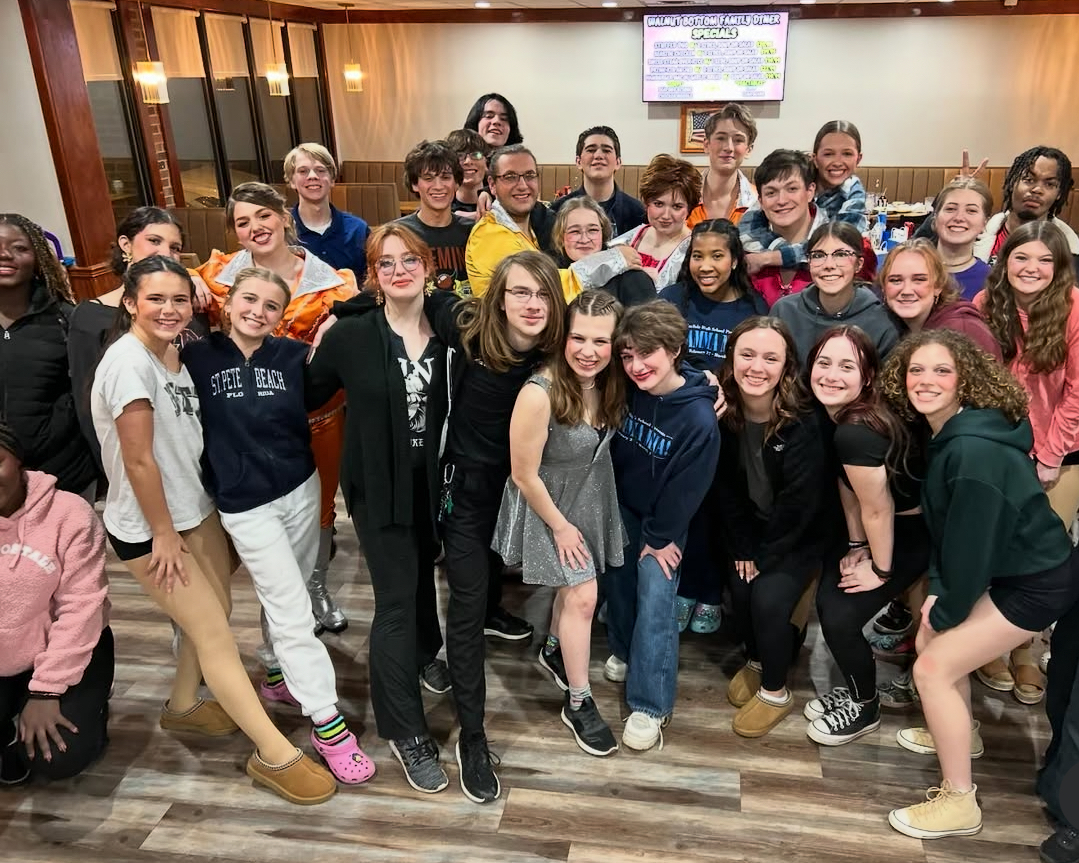

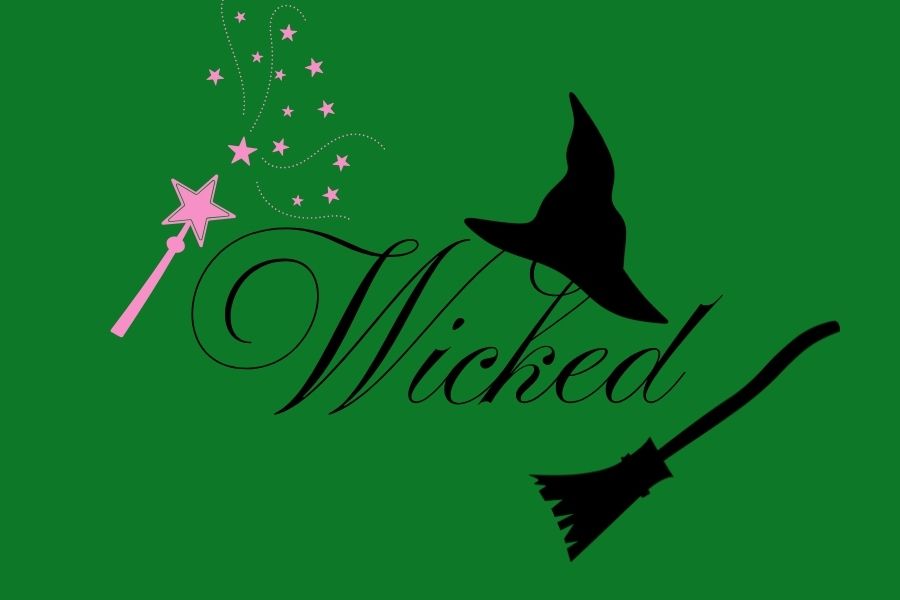








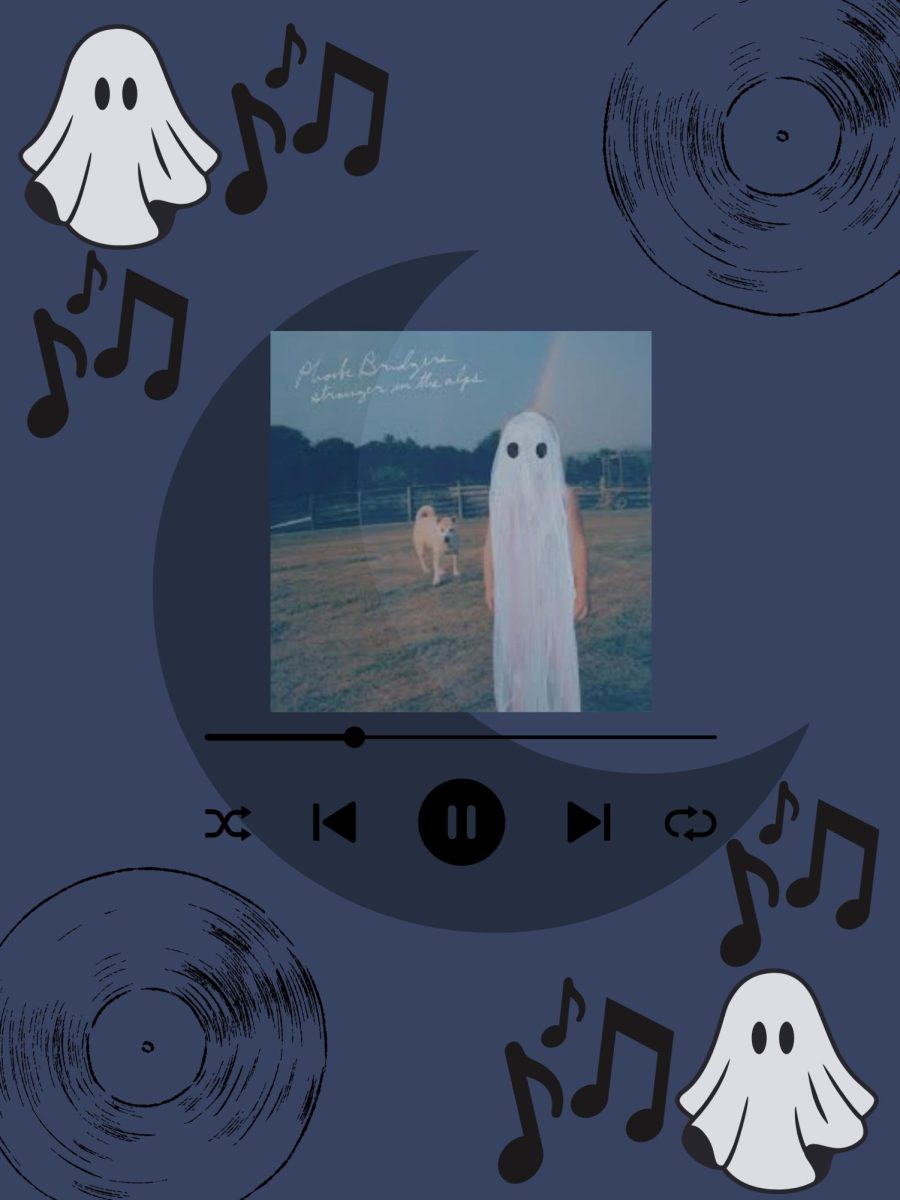
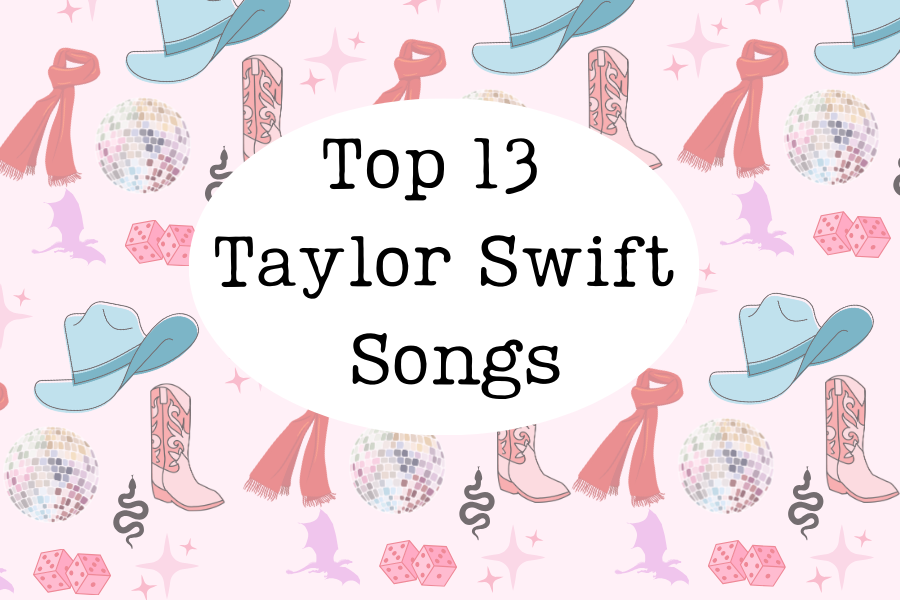




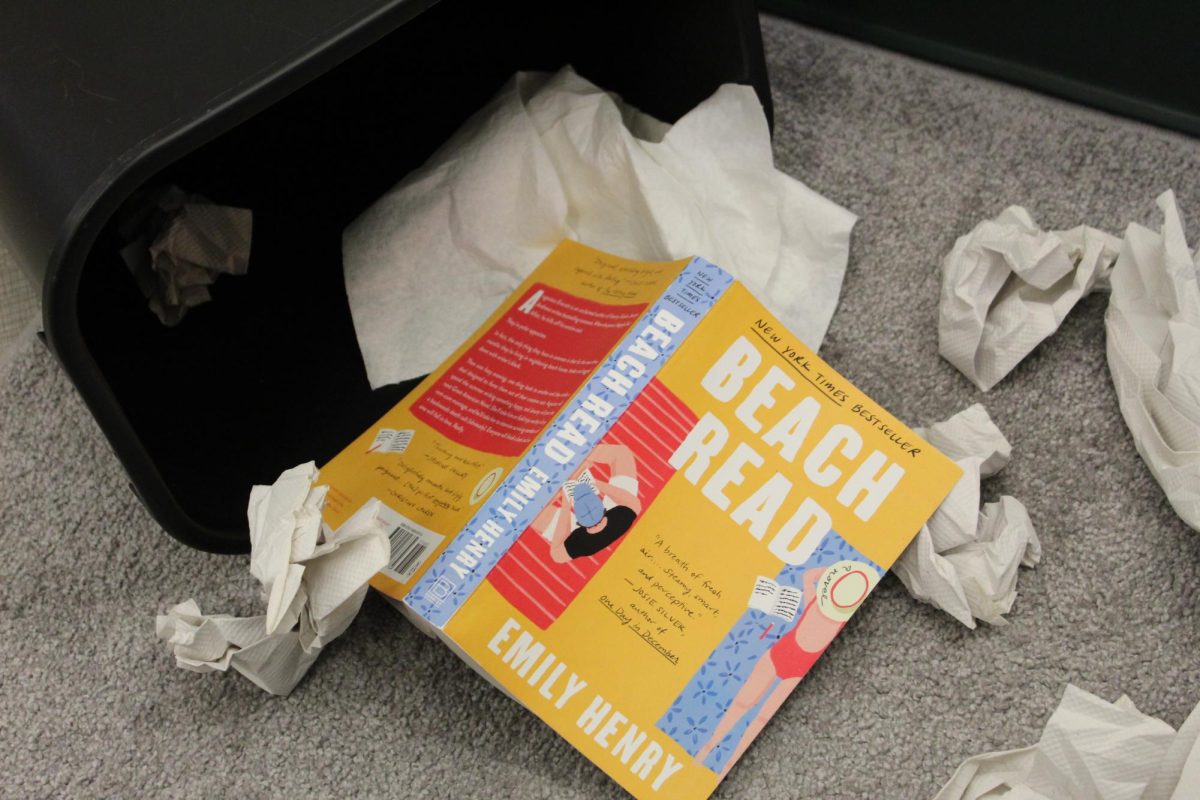
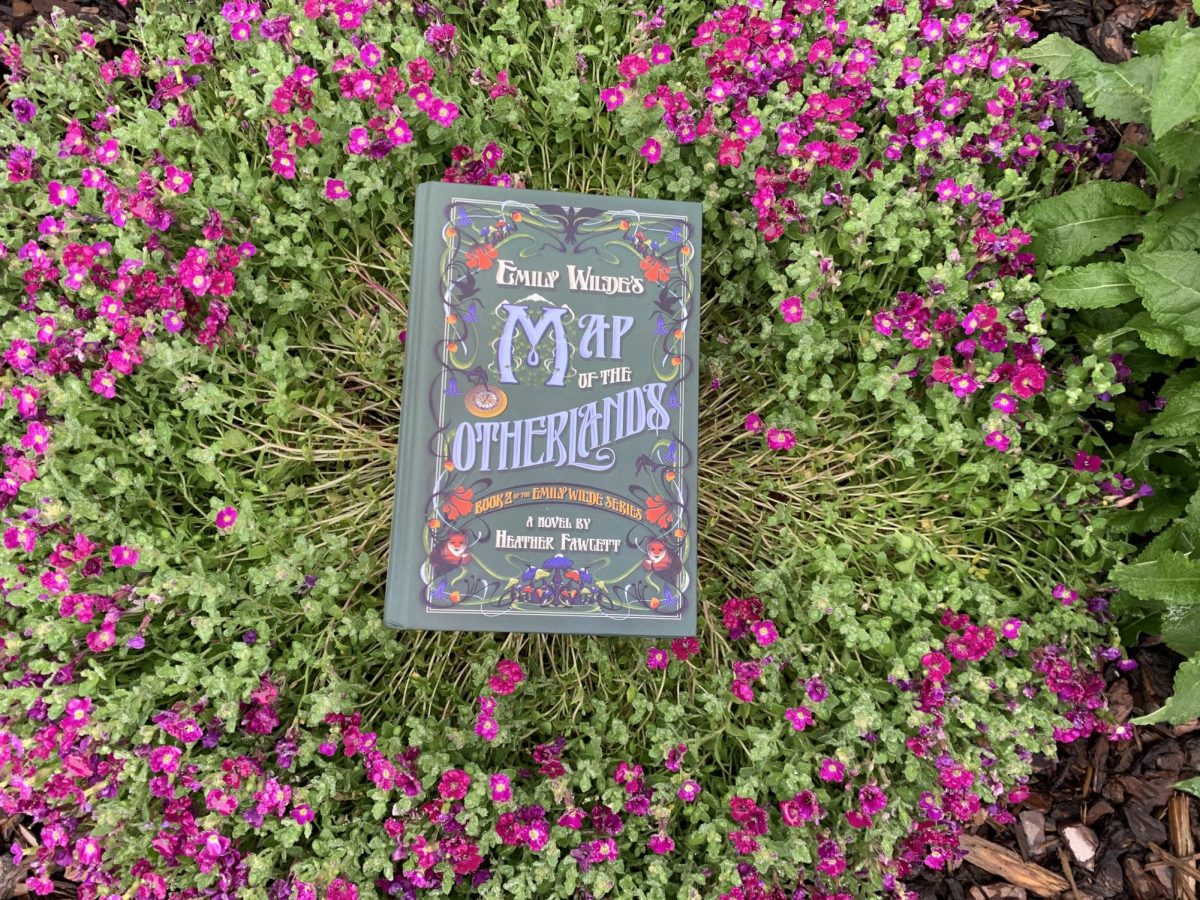
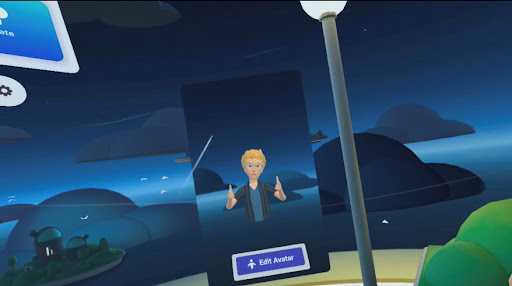



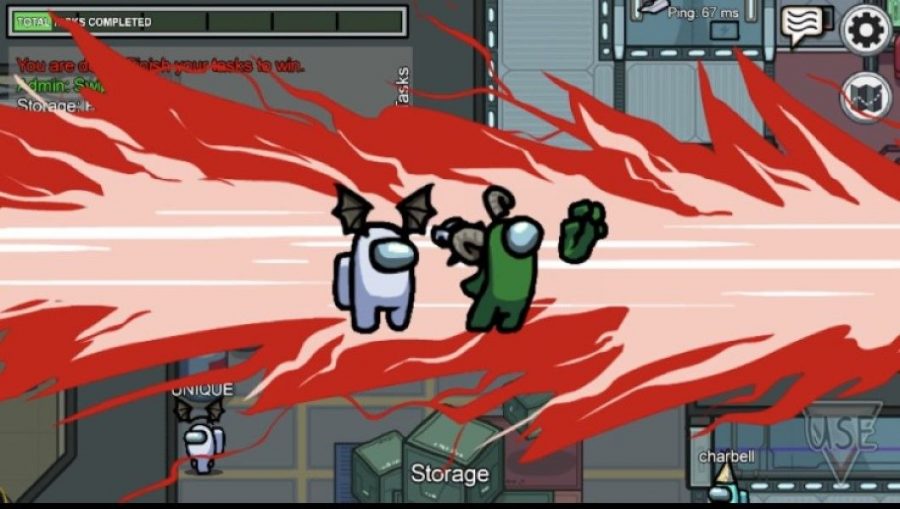

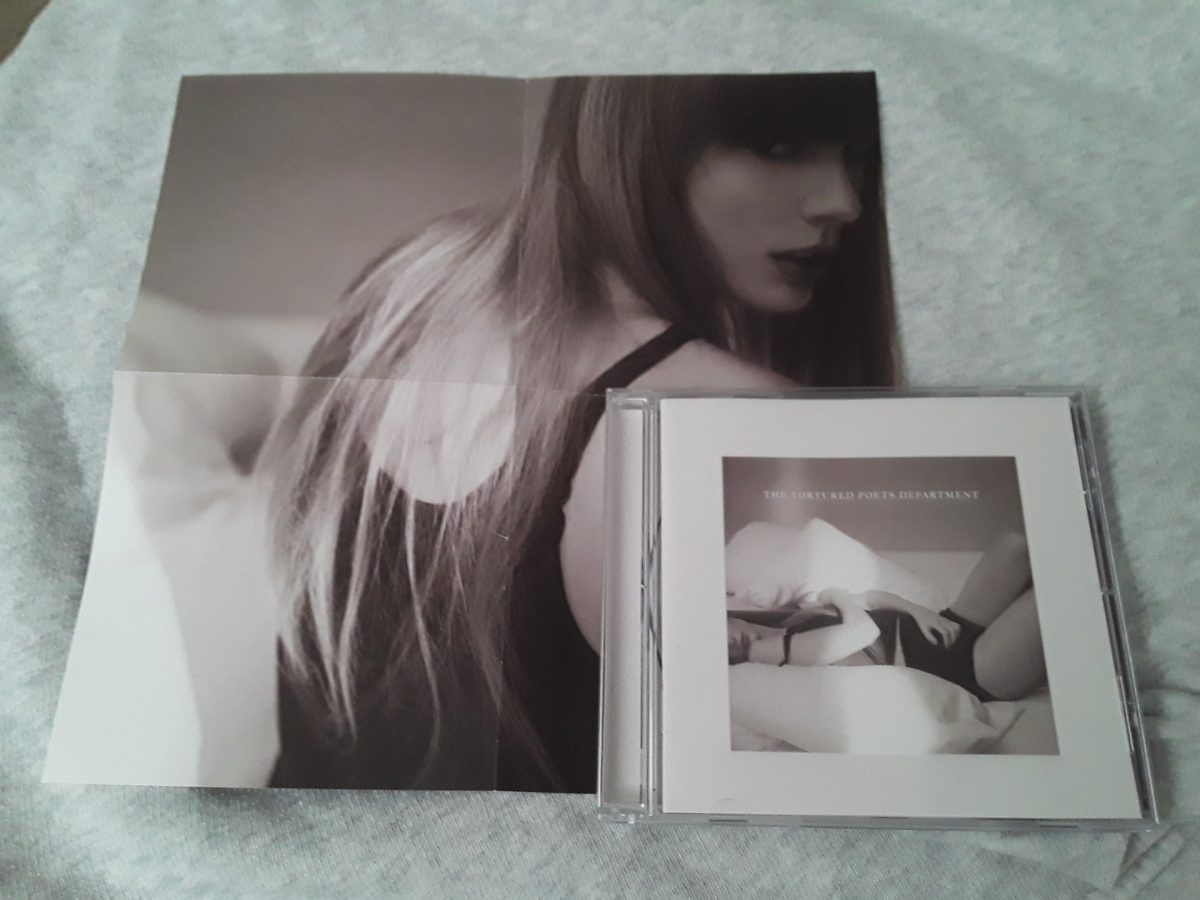
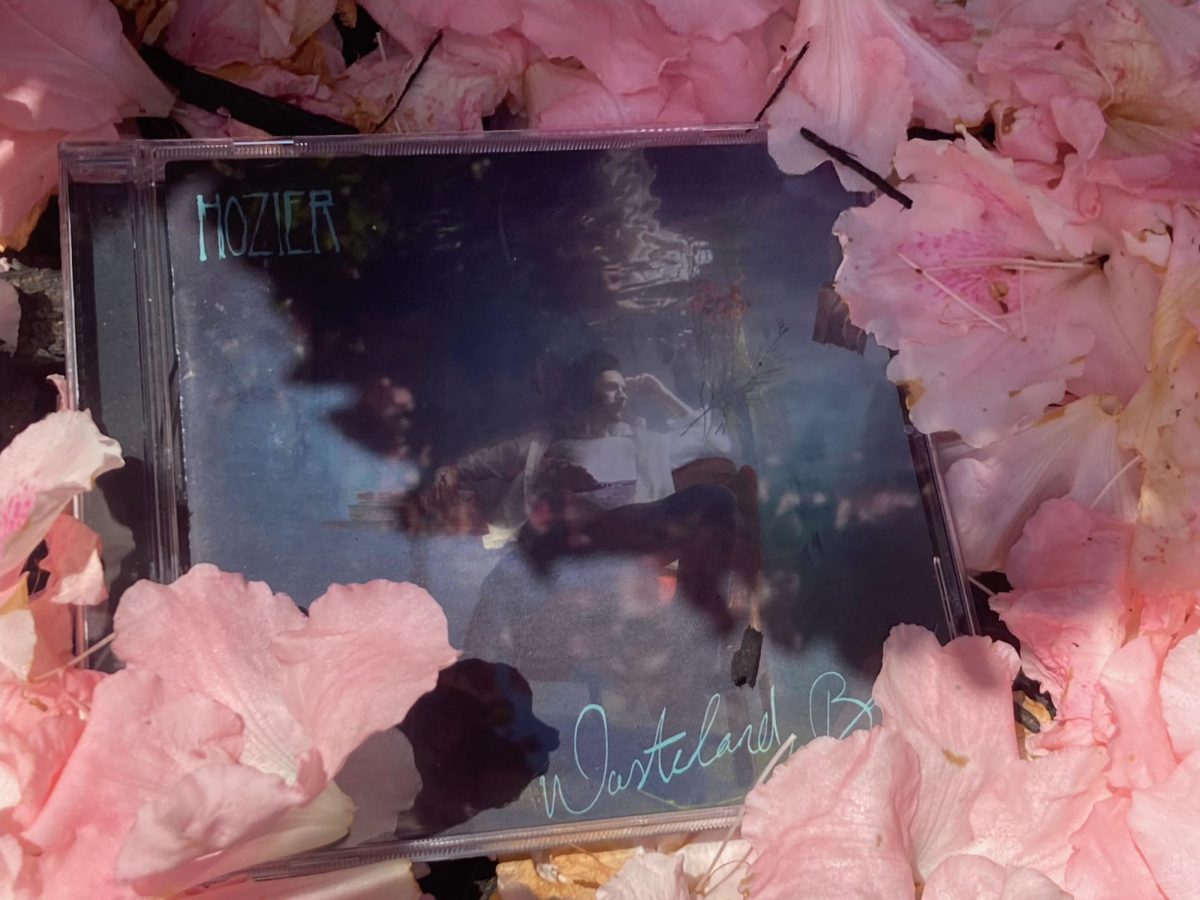




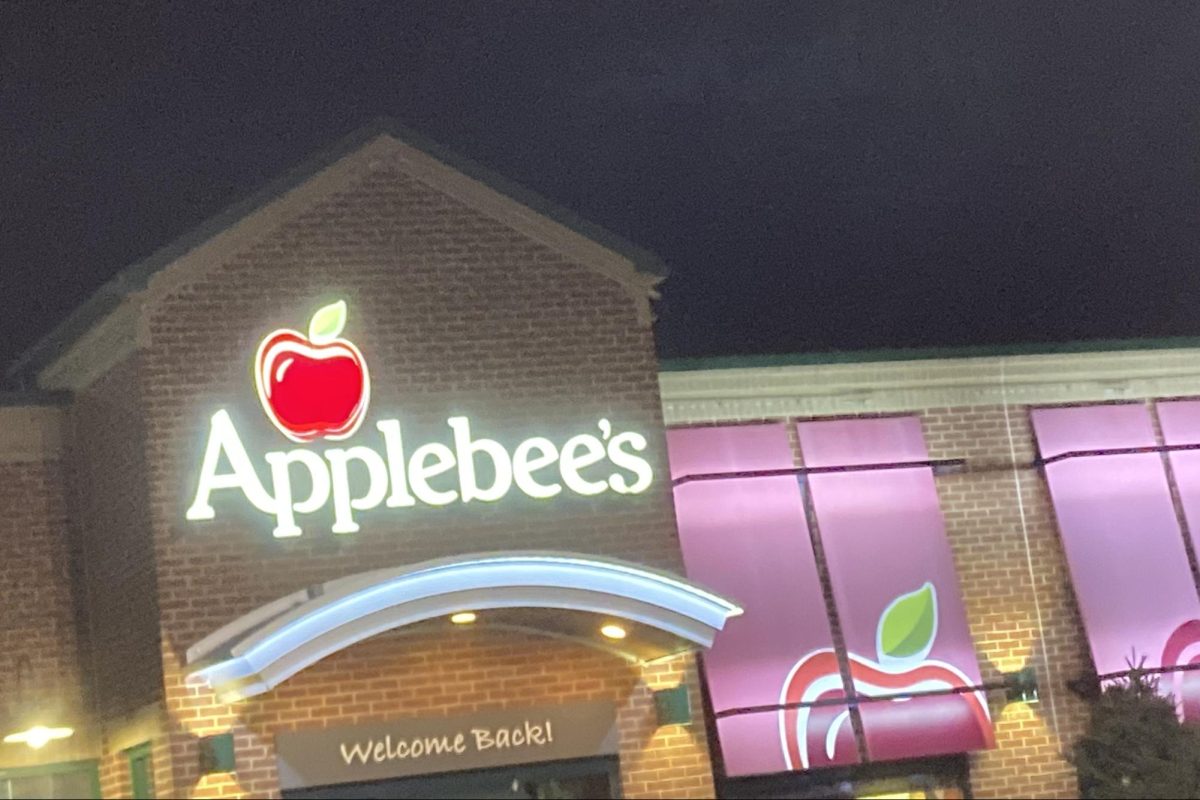





















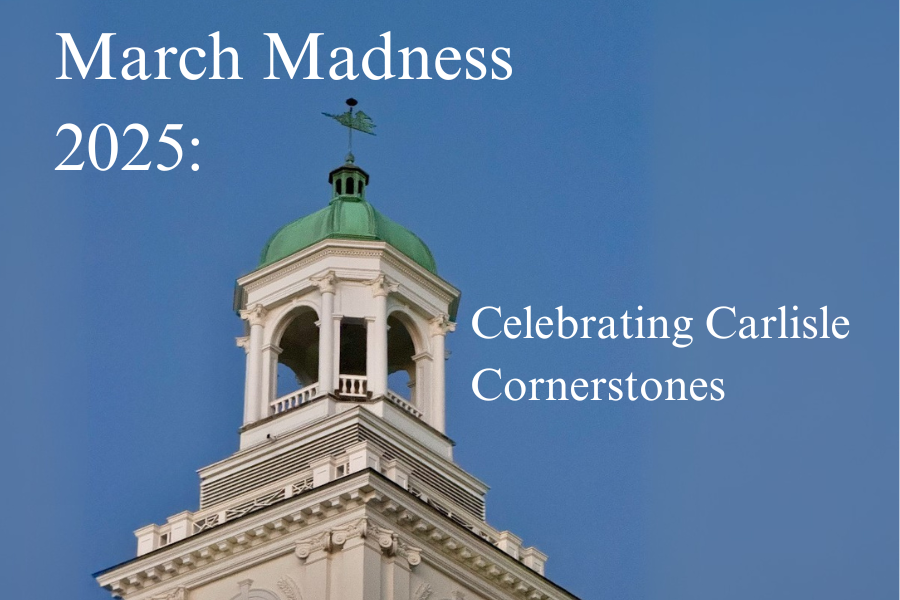














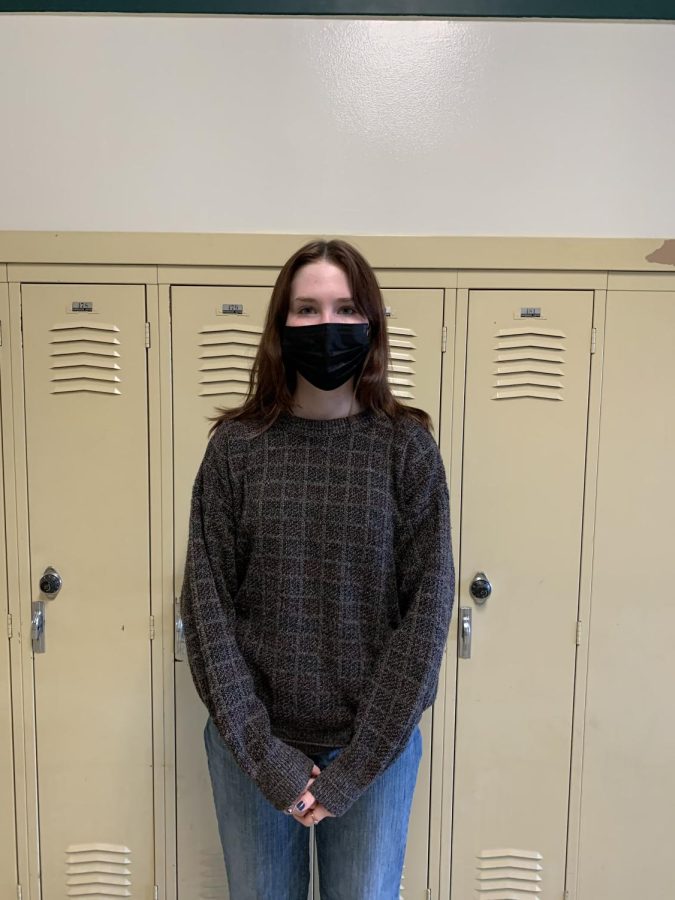
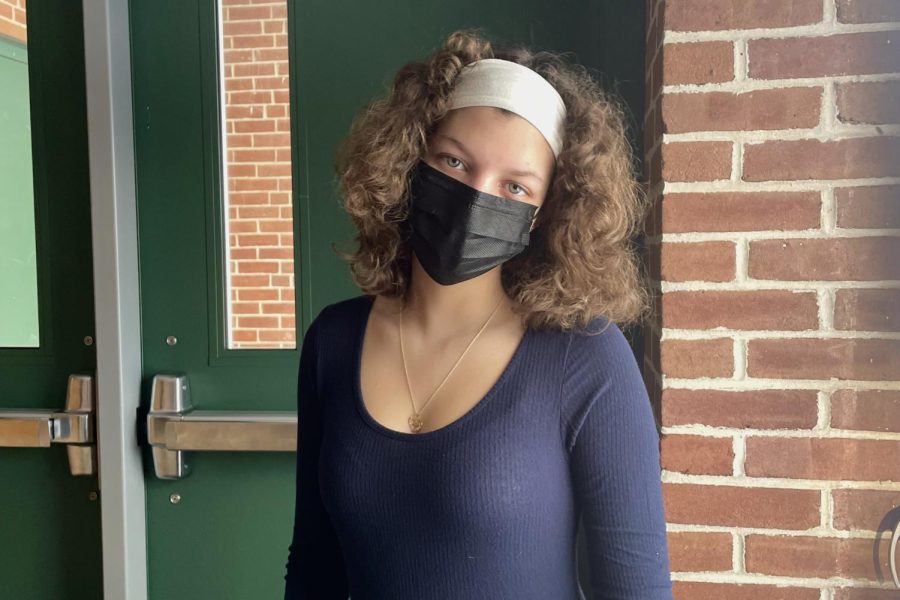



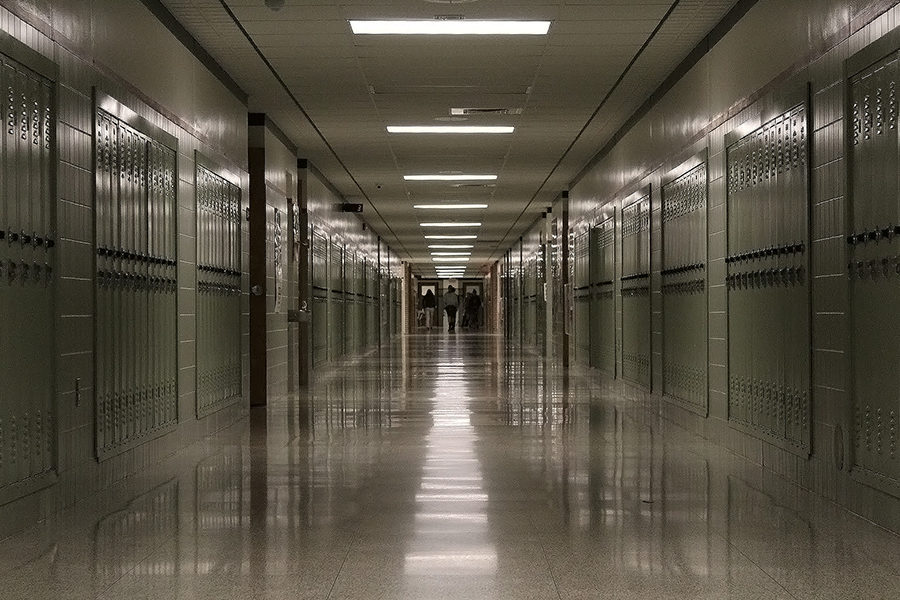

















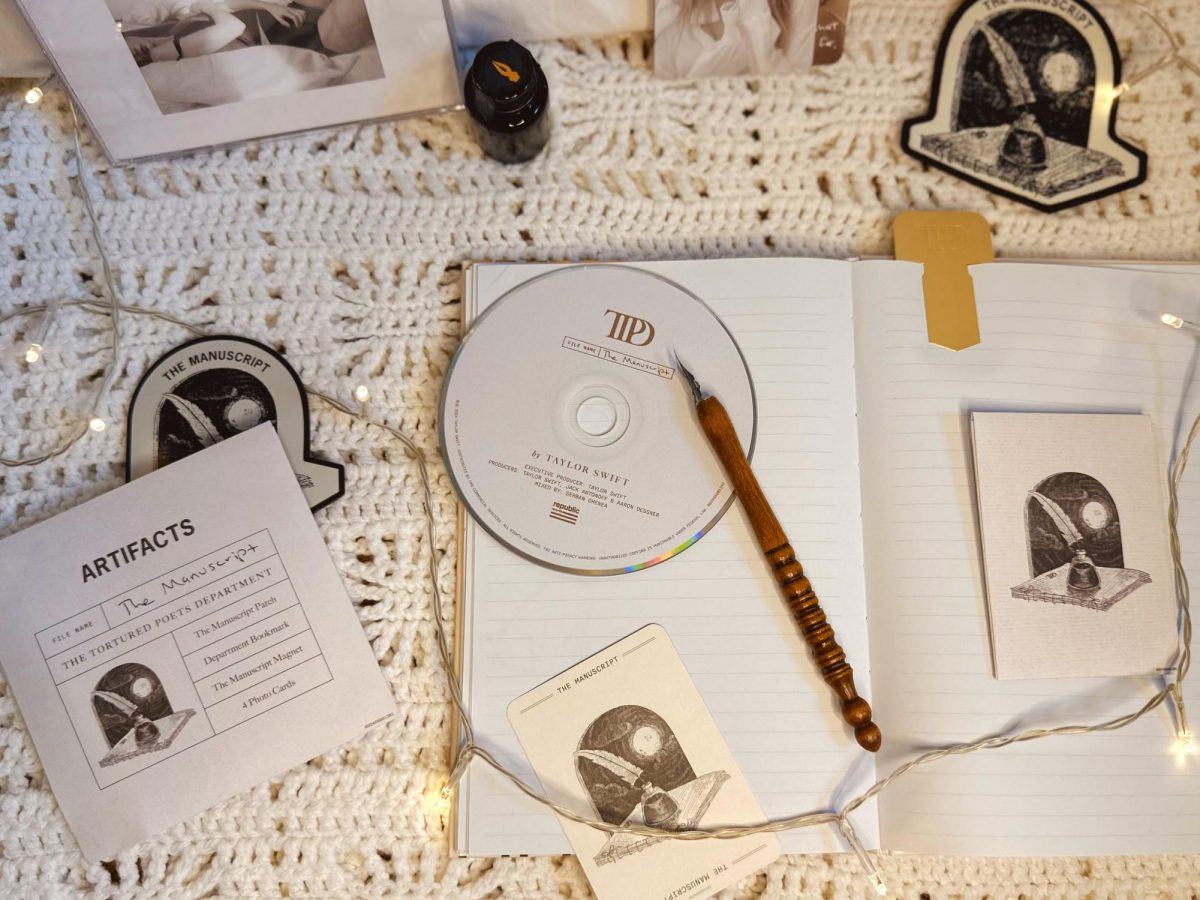





reece • May 28, 2024 at 11:44 am
oh yeahhhhh this is epic